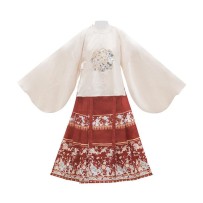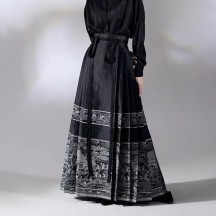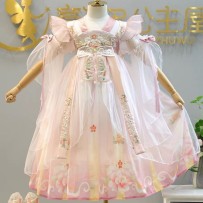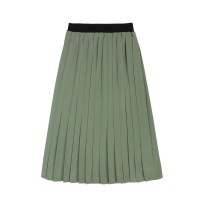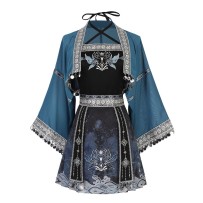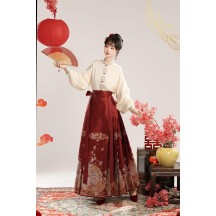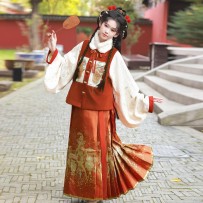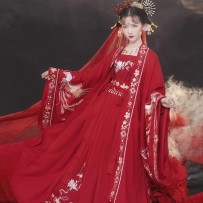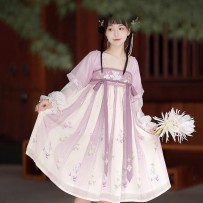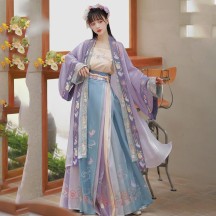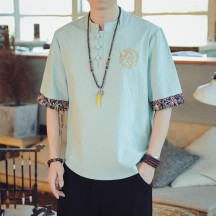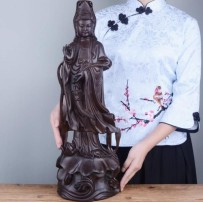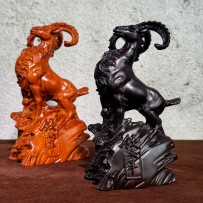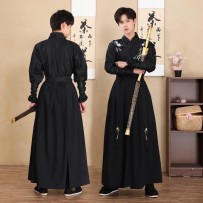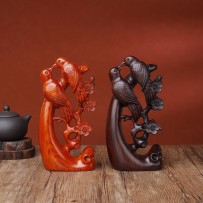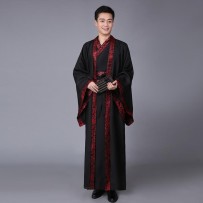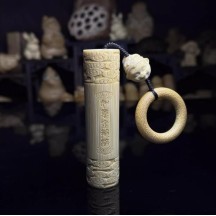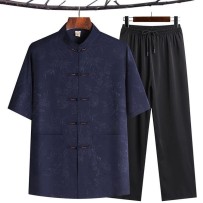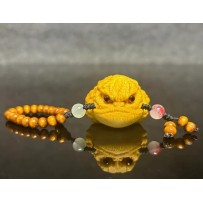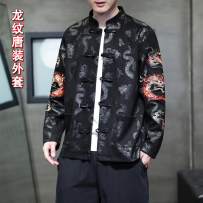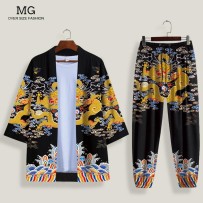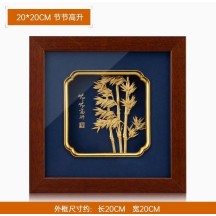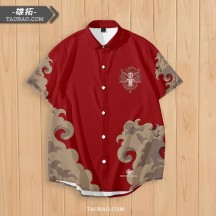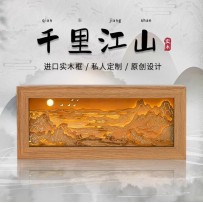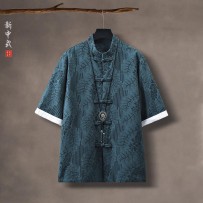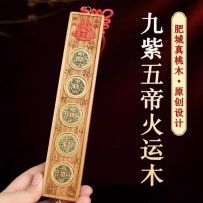The horse-face skirt symbolizes courage and strength. Its design features the image of a horse’s face on the front of the skirt, representing the spirit and power of the horse. In ancient times, the horse-face skirt was an important element of traditional women’s clothing in southern China and stood as a symbol of wisdom and bravery in traditional Chinese culture.
Home
Subcategories
Active filters
The horse-face skirt symbolizes courage and strength. Its design features the image of a horse’s face on the front of the skirt, representing the spirit and power of the horse. In ancient times, the horse-face skirt was an important element of traditional women’s clothing in southern China and stood as a symbol of wisdom and bravery in traditional Chinese culture.
Diamond Painting replaces traditional embroidery with resin diamonds. Attach gems by numbered codes to create sparkling artworks. All-inclusive kits offer simple, stress-relieving crafting. Finished pieces become framed decor or gifts, blending digital precision with handmade charm. Ideal for all ages to unwind and explore creativity.
Hanfu carries rich cultural significance, embodying the traditional aesthetics, etiquette, and cultural values of the Chinese nation. It is not just clothing, but an important symbol of Chinese heritage—representing history, culture, and a sense of national identity.
Hanfu carries rich cultural significance, embodying the traditional aesthetics, etiquette, and cultural values of the Chinese nation. It is not just clothing, but an important symbol of Chinese heritage—representing history, culture, and a sense of national identity.
Hanfu carries rich cultural significance, embodying the traditional aesthetics, etiquette, and cultural values of the Chinese nation. It is not just clothing, but an important symbol of Chinese heritage—representing history, culture, and a sense of national identity.
Hanfu carries rich cultural significance, embodying the traditional aesthetics, etiquette, and cultural values of the Chinese nation. It is not just clothing, but an important symbol of Chinese heritage—representing history, culture, and a sense of national identity.
Hanfu carries rich cultural significance, embodying the traditional aesthetics, etiquette, and cultural values of the Chinese nation. It is not just clothing, but an important symbol of Chinese heritage—representing history, culture, and a sense of national identity.
Hanfu carries rich cultural significance, embodying the traditional aesthetics, etiquette, and cultural values of the Chinese nation. It is not just clothing, but an important symbol of Chinese heritage—representing history, culture, and a sense of national identity.
Hanfu carries rich cultural significance, embodying the traditional aesthetics, etiquette, and cultural values of the Chinese nation. It is not just clothing, but an important symbol of Chinese heritage—representing history, culture, and a sense of national identity.
"Artistic value: Due to the adoption of exquisite carving techniques, each piece of work embodies the efforts and wisdom of the carver, possessing unique artistic charm and ornamental value, and is a perfect combination of art and religious culture.
Scarcity: Ebony wood resources are scarce, and the production of large-sized ebony solid wood carved Guanyin ornaments is rather difficult. Therefore, it has a certain degree of scarcity. As time goes by, its collection value may continue to increase."
In traditional Chinese culture, sheep have always been regarded as a symbol of good fortune. Ebony wood carvings of sheep ornaments carry people's yearning and blessings for a better life. They can be used for home decoration to bring a happy and harmonious atmosphere to the family. They can also be given as gifts to relatives and friends to express good wishes to them.
Hanfu carries rich cultural significance, embodying the traditional aesthetics, etiquette, and cultural values of the Chinese nation. It is not just clothing, but an important symbol of Chinese heritage—representing history, culture, and a sense of national identity.
Artistic value: The perfect combination of exquisite carving techniques and rosewood makes each piece of the "Happy Smile" ornament a unique artistic treasure with high appreciation artistic value, which can bring collectors aesthetic enjoyment and artistic edification.
Scarcity: Huanghuali wood is a rare type of wood, especially Hainan Huanghuali, which is hailed as "an inch of wood is worth a penny". Historical and cultural value: Huanghuali wood has been highly regarded since the Ming and Qing dynasties. It is an excellent material for making court furniture and handicrafts, carrying rich historical and cultural connotations. Collecting Huanghuali wood carvings that bring joy to one's face is also a form of inheritance and promotion of traditional Chinese culture.
The carving is meticulous and detailed: The artisans use their exquisite carving skills to vividly depict the shape of the golden hoop rod. The texture of the rod body, the golden hoops at both ends and other details are all handled with extreme delicacy. Meanwhile, the Heart Sutra text is carved on the surface of the jade bamboo. The lines of the text are smooth and the strokes are clear, demonstrating their superb carving skills.
Hanfu carries rich cultural significance, reflecting the traditional aesthetics, etiquette, and artistic sensibilities of the Chinese nation. It is more than just clothing — it is an important symbol of Chinese culture, representing history, heritage, and a sense of national identity.
Carving techniques: Artisans employ various carving techniques such as round carving, relief carving, and pierced carving to vividly depict the form and expression of toads. From the toad's eyes, mouth, limbs to the textures on its body, everything is handled with extreme precision. Even the details of its toes are clearly visible, demonstrating superb carving skills.
Tang-style clothing is more than just attire — it is a fusion of Chinese historical culture and modern aesthetics, embodying both cultural confidence and the spirit of cultural exchange.
It is made of tough boxwood with fine wood grain and warm color. With meticulous craftsmanship, the Bodhisattva Guanyin's appearance is compassionate and solemn, and the lines of her robes are smooth and natural. The three-piece box is exquisitely designed and can be opened and closed freely. Inside, it can be used to house a Buddha statue, and outside, it can be used as a handle for playing with. It also serves as a portable Buddha niche. In this small space, it fully demonstrates the craftsmanship. It is not only a place of sincere faith but also a precious wood carving with great collection value.
Making three-dimensional gold foil paintings of bamboo requires artisans to possess superb skills and rich experience. From the cutting and pasting of the gold foil to the shaping of the three-dimensional effect, every step requires meticulous operation. The slightest mistake may affect the quality of the work. Therefore, each piece of work embodies the efforts and wisdom of the artisans and reflects the exquisite craftsmanship.
The Lion Dance culture symbolizes good fortune, bravery, and strength. It is not only a form of folk tradition, but also a powerful emblem of national spirit. Often featured in festivals like the Spring Festival and other major celebrations, the Lion Dance plays a vital role in representing the unity of the Chinese people and the richness of cultural exchange.
Design inspiration: Mainly derived from the silk painting "A Thousand Miles of Rivers and Mountains" by Wang Ximeng of the Northern Song Dynasty. This renowned painting, with its grand scenes, delicate brushstrokes and brilliant colors, depicts continuous mountains, vast rivers, lush forests and scattered pavilions and terraces, presenting the magnificence and beauty of the mountains and rivers during the Northern Song Dynasty. The 3D stereoscopic light and shadow wood Carving lamp of "Thousand Miles of Rivers and Mountains" is based on this model. It aims to recreate the landscape artistic conception in paintings through the forms of wood carving and light and shadow, allowing people to appreciate the charm of ancient art in modern life.
Tang-style shirts are often imbued with a sense of cultural identity and traditional aesthetics. They not only reflect an appreciation for traditional Chinese clothing but also signify respect for Chinese culture and history.
The Nine Purple Li Fire Cycle: It is a concept in numerology. Ancient people divided 20 years into one cycle, and the period from 2024 to 2043 belongs to the Lower Yuan Nine Cycles. The nine cycles correspond to the Li hexagram in the I Ching's Eight Trigrams and are called the "Nine Purple Li Fire Cycle". During this period, all the phenomena of all things that conform to the element of Li Fire will emerge accordingly.The Five Emperors' Coins: Usually composed of copper coins cast by the five emperors of the prosperous Qing Dynasty, namely Shunzhi, Kangxi, Yongzheng, Qianlong and Jiaqing, they carry the energy of prosperity and are unique cultural symbols. In feng shui theory, they have the effects of promoting wealth, warding off evil energy and praying for good fortune.










